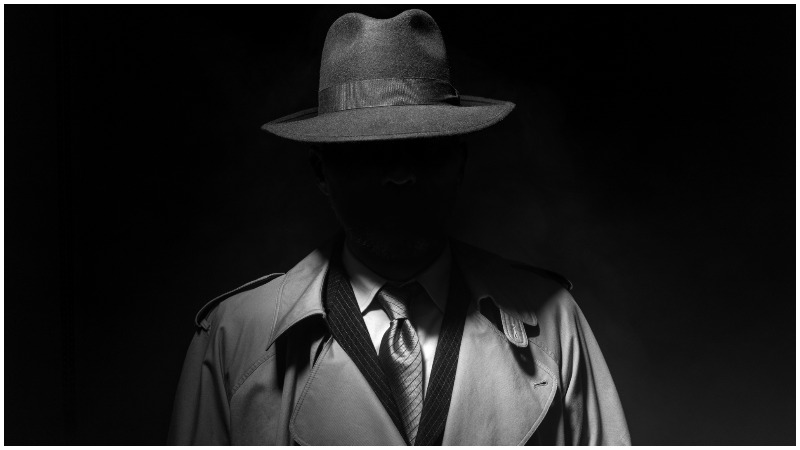Since the Old Testament and Jacob’s deception of his father Isaac by using a disguise, espionage has been used to attempt to get an upper hand. Dozens of tactics are used, including clandestine meetings, surveillance equipment, telephone bugs, drugs and tricky gadgets.
Julius Caesar had spies to inform him of what his enemies were doing. Queen Elizabeth I and other monarchs of the Renaissance kept a vast espionage network because of the scheming and plotting among the members of the court as well as enemies abroad.
The United States employed thousands of spies to infiltrate Communist countries during the Cold War. Here are some of the techniques spies used to accomplish their goals.
Poison and Drugs
At the turn of the 16th century, Pope Alexander VI was arguably the most corrupt pope in history.
His children used jewelry that contained poison pills or powder that could easily be dispensed into a drink.

In the 1950s, a drug could be distributed as a gentleman lit someone’s cigarette by holding the matchbook containing the drug over the victim’s drink.
Ladies wearing hats and gloves could hide pills that could easily be retrieved and slipped into a glass.
Exchange of Information
According to Spycraft by Robert Wallace and H. Keith Melton, a technique called the “dead drop” is one of the most used tactics to exchange information.
Information may be concealed in an old glove or fast food bag – a commonly discarded or lost item – and put down at a specific landmark such as a park benchmarked with lipstick, or a telephone booth on a specific corner.
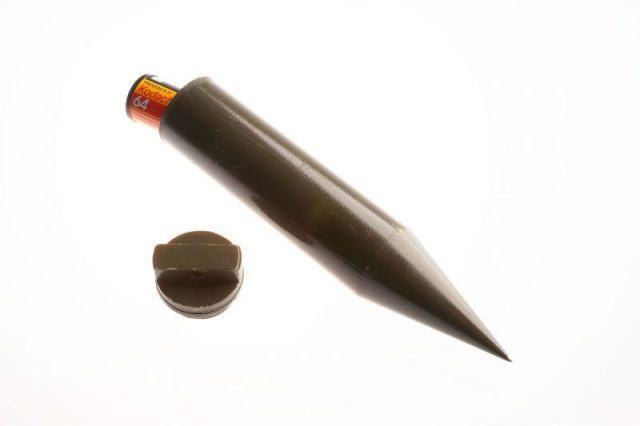
Party one drops the item and party two picks it up after a specified amount of time.
The brush pass is another way of passing information that is commonly seen in the movies. An accidental bump or trip and microfilm, money, or notes can easily be passed.
Tattoos
History.com tells us tattoos were sometimes coded messages used as far back as 440 BC.
Herodotus, historian, and author of The Histories, a complete account of the Greco-Persian Wars from 499 to 479 BC, tells the story of a king who tattooed a message on his servants head and sent the servant to his nephew who was asking to be rescued.
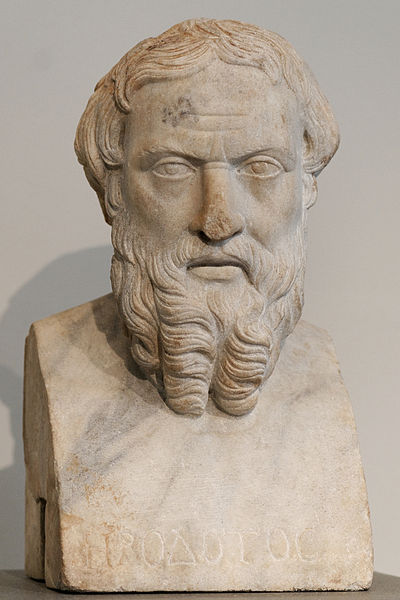
When the servant reached his destination, his head was shaved and the message was revealed.
Bugging
Bugging devices became very popular in the 1960s as technology started changing by leaps and bounds.
They were small enough to be attached to the undersides of tables, the speaking end of telephone handsets and behind pictures.
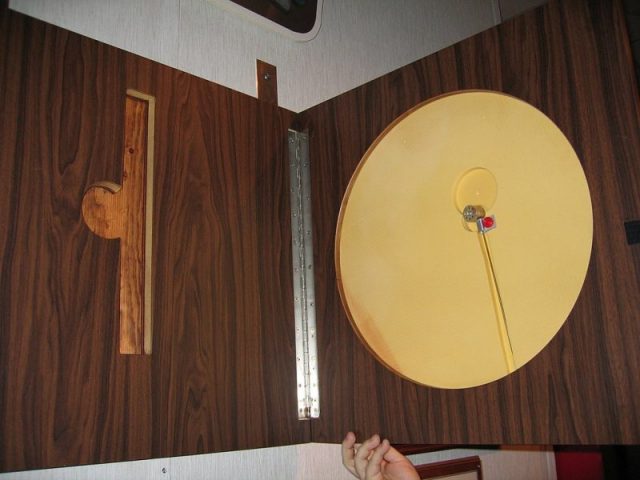
CC BY-SA 2.0
In addition, an agent could leave an object such as a jacket or a pair of sunglasses that would transmit its location to create a target for an attack squad.
Secret Codes
Subtle methods of communication, such as what color shirt a person is wearing, can indicate the success or failure of a mission or signal the need for a meeting.
Specific jewelry, certain phrases used in conversation or especially in radio broadcasts can warn of danger or give someone authorization to proceed.
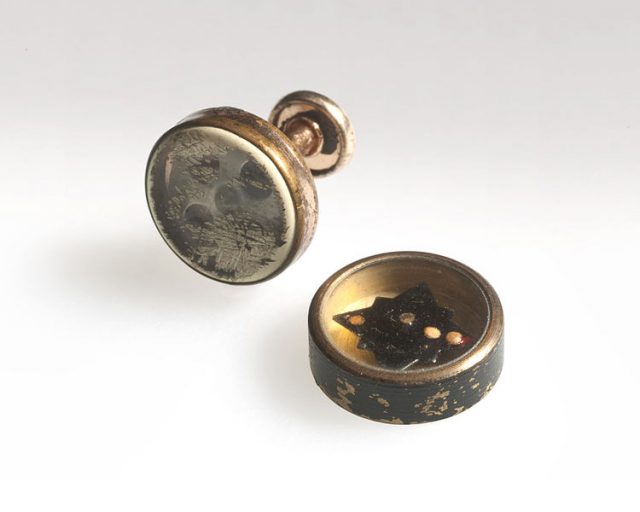
Symbols, cryptology, and codes have been used extensively throughout history. During World War II, an entire complex at Bletchley Park in England was set up with some of the top mathematicians, including Gordon Welchman and Alan Turing, to crack Nazi codes.
Smuggling and Intimate Favors
A Southern widow and wealthy socialite, Rose O’Neal Greenhow, made a name for herself in Washington D.C. as an important Confederate spy during the American Civil War.
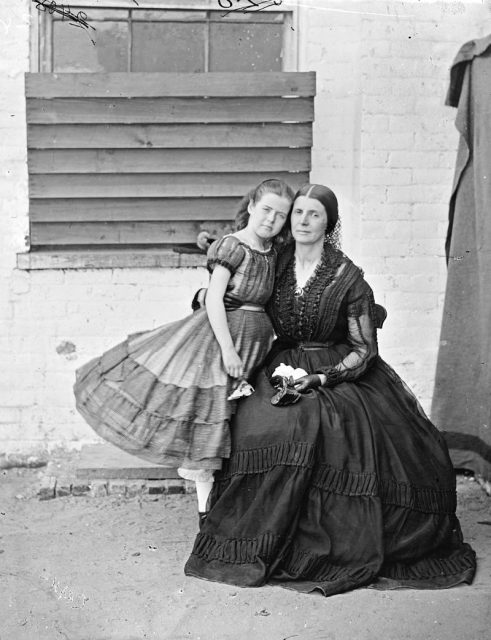
She smuggled documents and medicines under her large hooped skirts and was extremely friendly with some of the Union’s top officials.
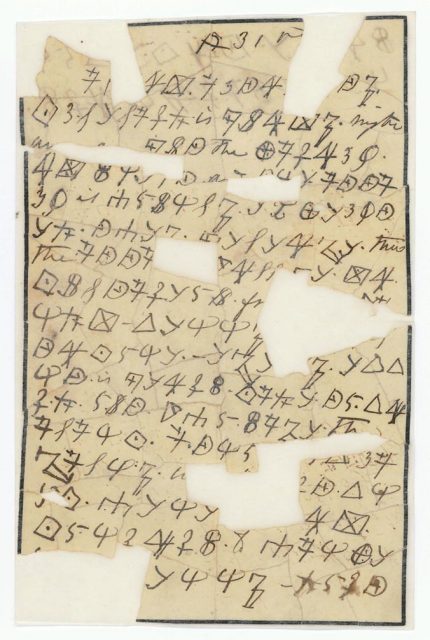
Many Southern women helped get food and medicines across the lines under their skirts, inside their child’s doll or hidden in their bloomers as the Confederates began to run out of supplies.
Surveillance
When the CIA learns of a person of interest renting, leasing or staying temporarily in a hotel, agents are sent to move into the same building or on the same street.
Many agents had master keys to the major hotels and upscale apartment buildings.
People were smuggled out of hotels in modified steamer trunks. Cameras have been built into briefcases, lipstick tubes, books and sunglasses. For high-level surveillance, satellites and aircraft can take pictures and zoom in remarkably close.
Disguise
Spies often change appearance to throw off agents who may be watching them. Wigs, hats, false beards and mustaches are common tools.
Hair coloring, shoe lifts, eyeglasses and sunglasses and even removing a coat can allow an agent to blend in with the crowd.
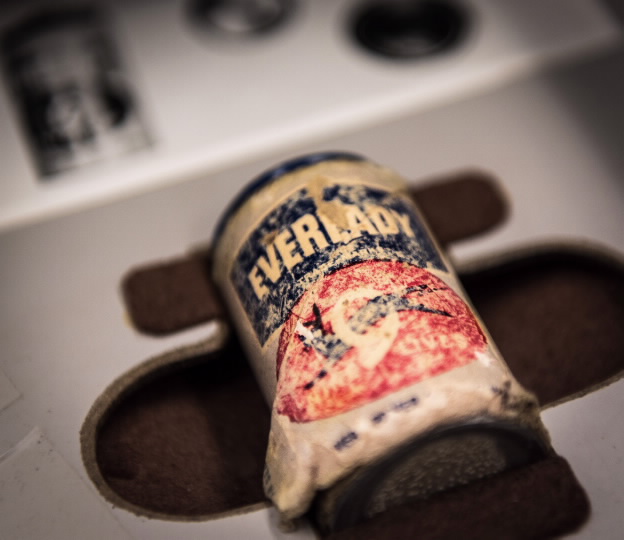
An agent can leave the hotel as a woman and come back as a man. Some agents have even gone through minor surgery to alter their looks.
New Technology
GPS tracking is one of the latest ways of following someone or watching where a dead drop ends up. A small GPS device can be attached to a vehicle or object, and an app on a cell phone can track the movements of the target.
Dash cams and body cams, frequently used by law enforcement, can also record encounters and potential targets.
Spies will be around as long as there is a market for them. As technology improves so will methods of surveillance. Even now, face recognition is able to pick a person out of a crowd and civilians can buy drones and spy cameras. These are some of the devices and secrets we do know about. Imagine what we don’t know…
